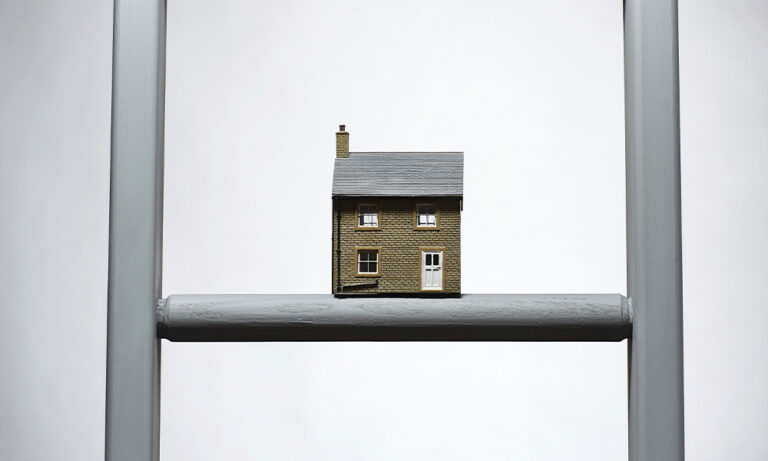After the tenancy agreement, this is probably the most important document to both the landlord and tenant.
Here, Martin & Co Managing Director Eric Walker explains everything landlords need to know about professional property inventories, alongside his top-10 tips…
What is an inventory for a property?
An inventory is a detailed document that outlines the contents and condition of a property when a tenant moves in and when they move out.
The two inventory documents can then be compared so a landlord can decide whether to claim any deductions from the tenant’s deposit.
What should a property inventory include?
An inventory should not simply be a list of contents, but rather a schedule of condition.
It should include a detailed report on the condition of every room in the property, including:
- Walls and ceilings
- Fixtures and fittings
- Paint colours
- Flooring
- Cupboards and storage
- Windows and doors
- Appliances
- Bathroom suites
- Furniture provided by the landlord
- Gardens and outdoor spaces
- Sheds and other outbuildings
Each room report should be accompanied by clear photographs showing the condition of the space.
At Martin & Co, we always recommend using an independent inventory clerk.
To ensure consistency, the same clerk should also undertake the check-out report at the end of the tenancy.
Top inventory tips for landlords
1. Be proactive
Send the inventory to your tenant as soon as they move in and request that they advise of any discrepancies, otherwise you can assume they agree with contents.
Ask the tenant to sign the inventory and note any discrepancies with 10 working days.
2. The devil is in the detail
In the event of a dispute, the inventory is essential when comparing the condition of the property when the tenancy ends.
The adjudicator won’t see the property, so detail is key. Good quality photographs are essential.
3. Ask the tenant to attend
You should always ask that the tenant be present for the check-out report.
If this is not possible, the check-out must be carried out as soon after their departure as practicable.
4. Make sure you can prove what you claim
Remember that most claims made by landlords fail because of lack of evidence and lack of detail. Be clear and be precise.
Always make an allowance for fair wear and tear.
5. The burden of proof is on you
Deposit schemes take the default view, quite rightly, that the deposit is the tenant’s money, so the burden of proof is always on the landlord or their agent if making a claim.
6. Take photographs
While an inventory must be detailed and descriptive, a check-out report can simply note any changes to condition.
Photographs of any alleged damage will assist the adjudicator in assessing damage.
7. Provide quotes to support your claim
When assessing damage, you should provide quotes to support your claim.
You will need to consider the age and condition of an item as you can’t reasonably claim new for old, which is termed ‘betterment’.
If a wall is marked, for example, and the property hadn’t been decorated for years, it’s unlikely the claim to redecorate would succeed.
Likewise, a hallway carpet will have a shorter lifespan than a bedroom carpet.
8. Be consistent with terms
Be consistent and use the same terms.
It can be confusing in you refer to ‘Bedroom 1’ in the check in and later as ‘master bedroom’ in the check out.
9. Provide a new inventory for each tenancy
You should always provide a new inventory for each new tenancy.
Where there is a change of tenant, an inspection should take place with any discrepancies noted against the original tenancy.
Any damages should be agreed with all tenants as liability is joint and several.
10. Inventories work for everyone
An inventory is both the landlord’s and tenant’s friend.
If you can get agreement at the commencement of the tenancy, then any issues can usually be resolved without the need for dispute resolution.




